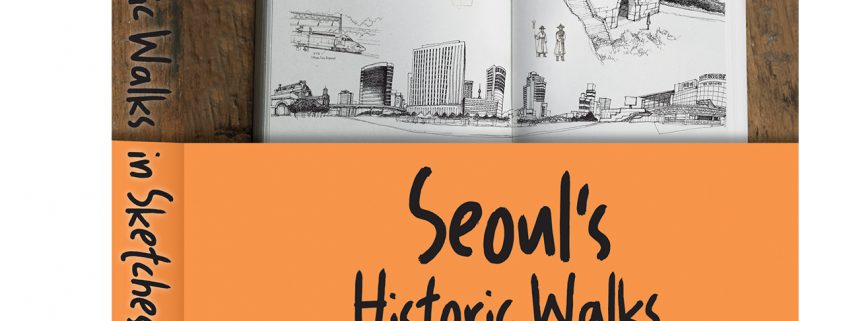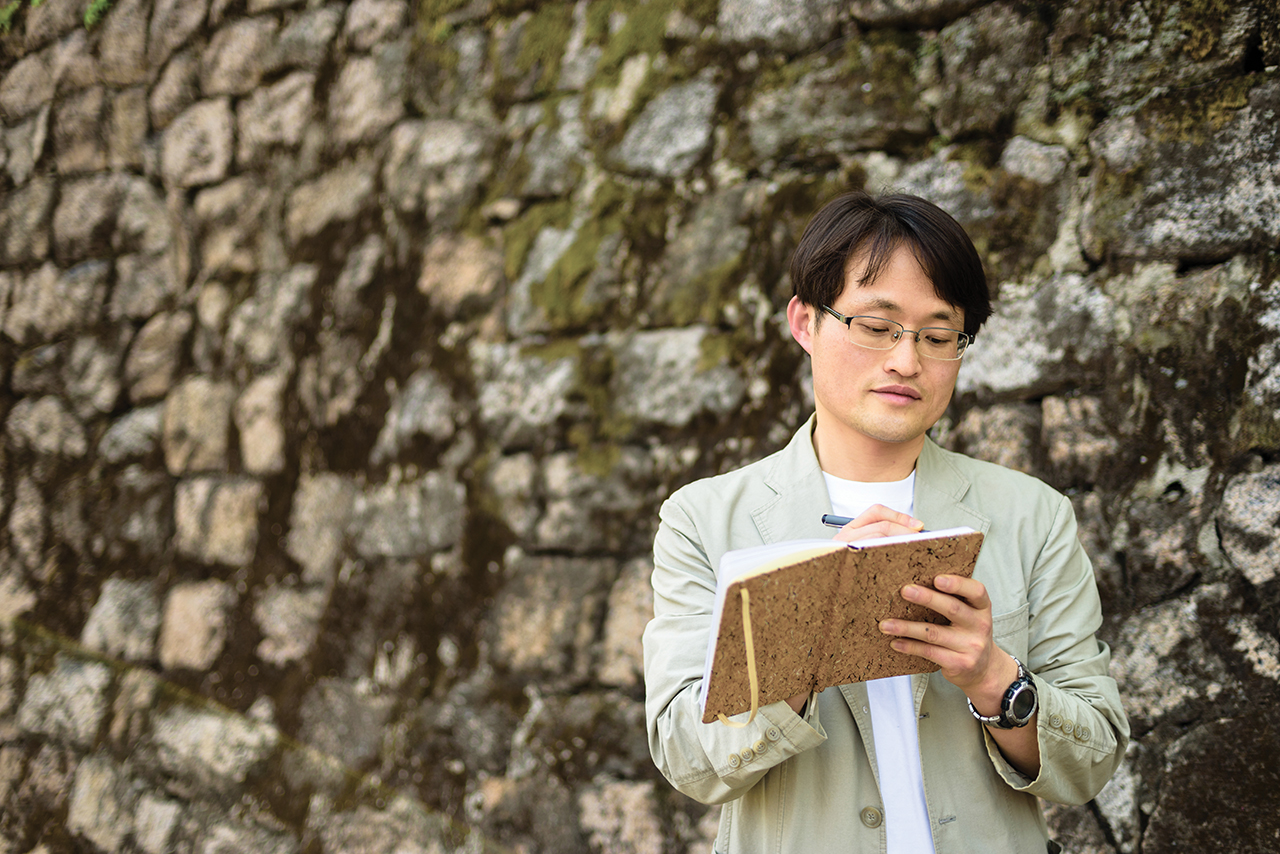In ‘Seoul’s Historic Walks in Sketches,’ illustrator Janghee Lee explores the city’s rich but unknown past
“When I go overseas, all the buildings can look similar no matter how carefully I look at them. Visitors here can feel the same way. You should look at these buildings again after learning the stories they contain.”
In his new book “Seoul’s Historic Walks in Sketches,” published in Korea in early June by Seoul Selection, illustrator Janghee Lee shares some of those stories, the tales hidden deep inside Seoul’s cityscape. A columnist and contributor for several local newspapers and magazines, Lee has wandered the city’s maze of streets and alleyways, capturing in his sketchpad the stories and scenes discovered within. By collecting decades of sketches and commentary, his book represents, in a way, a life’s work. He says, “It seems I’ve been writing this since the time I was born.”
Drawing, writing and learning
“Seoul’s Historic Walks in Sketches” is, simply put, an illustrated depiction of Seoul and its past, with the focus on the capital’s historic center, the old town inside the venerable city walls. Lee’s pencil brings to life everything from Seoul’s palaces and fortresses to modern skyscrapers of glass and steel built on historic sites. Accompanying Lee’s illustrations are insightful, often witty comments on history, commentary that goes a long way to presenting readers with a view of the unknown city, a city almost exotic in its mystery.
Lee didn’t start off wanting to unearth Seoul’s hidden history. Rather, his historical research was an offshoot of his artistic pursuits. “As I was sketching the city, I became curious about many things,” he says. “How did this building come about? What was it used for? Who passed through here? As I grew curious, I began to search more, to find more books, and when I’d read those books, I’d find the buildings next door had their stories, too, so I’d end up drawing that building, and the building next to that one, and so on.”
The book was Lee’s means to learn more. “I’ve wandered around the city a lot, and I thought I knew much about it relative to other people. But the more I saw, the more I realized I didn’t know,” he says. “So I wrote this book because I wanted to learn more about Seoul.”
Raising awareness, deepening appreciation
In his work, including “Seoul’s Historic Walks in Sketches,” Lee also sets out to raise awareness of Seoul’s remaining historical sites and the need to preserve them.
This is a need that that has not been fully appreciated. He says, “One of Seoul’s biggest problems is that it prioritized development over preservation, especially after the Korean War.” In the chaos of Korea’s liberation from colonial rule and the Korean War, the authorities failed to protect many historically and culturally important buildings from the wrecking ball. Property owners, afraid they might lose rights over their property, often knocked down their own buildings before the government could list them. Though the government has since listed many old buildings, protecting them from destruction, many remain threatened. Lee says, “It seems owners still need a better appreciation for historical preservation.”
Lee says government support for preservation efforts are important, explaining that one of the reasons Hanok homes are disappearing is the high cost of their upkeep and repair. Even more important, however, is educating the public. “A lot of people need to know these places exist,” he says, noting the role writers and artists such as himself are playing. Nothing makes a building safer than public interest. “When people know those places exist, it’s difficult to knock them down.”
Written and photographed by Robert Koehler





